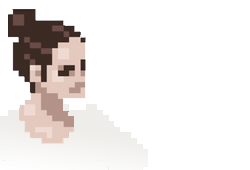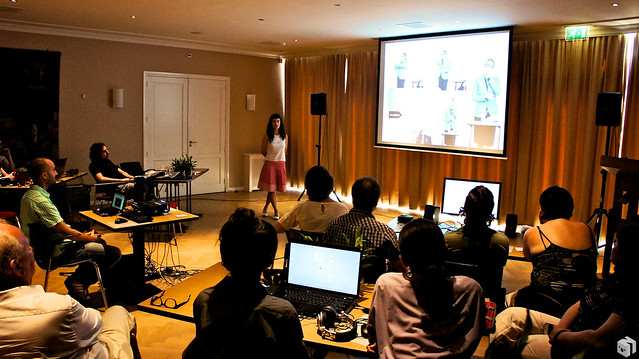
Elena Pérez & Lara Sánchez Coterón (2013) Performance meets games: considering interaction strategies in game design, Digital Creativity, 24:2, 157-164, DOI: 10.1080/14626268.2013.808963
Abstract
This contribution offers an evocative conceptual framework to inspire thinking about game design in an alternative way. If proceduralism focuses on crafting game systems, we advocate recovering the relevance of players’ interactions by pulling digitally mediated games out from the screen into the physical world where gameplay and players can intersect and interact. We draw on certain performance strategies to illuminate some currently under-explored game design resources. We use several case studies that help us describe what we call ‘human-to-human interaction’ (H2HI) in game design in three different levels: first, having designers improvise according to players’ actions real time; second, substituting computer game characters for human actors who perform according to players’ suggestions; and third, looking outside the traditional computer game environment for a computer-mediated human playground. These cases help us raise some conjectures about the possibilities of recovering the physical and social essence of performance for digitalmediated games.
To link to this article: http://dx.doi.org/10.1080/14626268.2013.808963
[scribd id=183822859 key=key-e8yvbezpfp2feyw42n4 mode=scroll]




